Sightseeing Spots
Search Results314
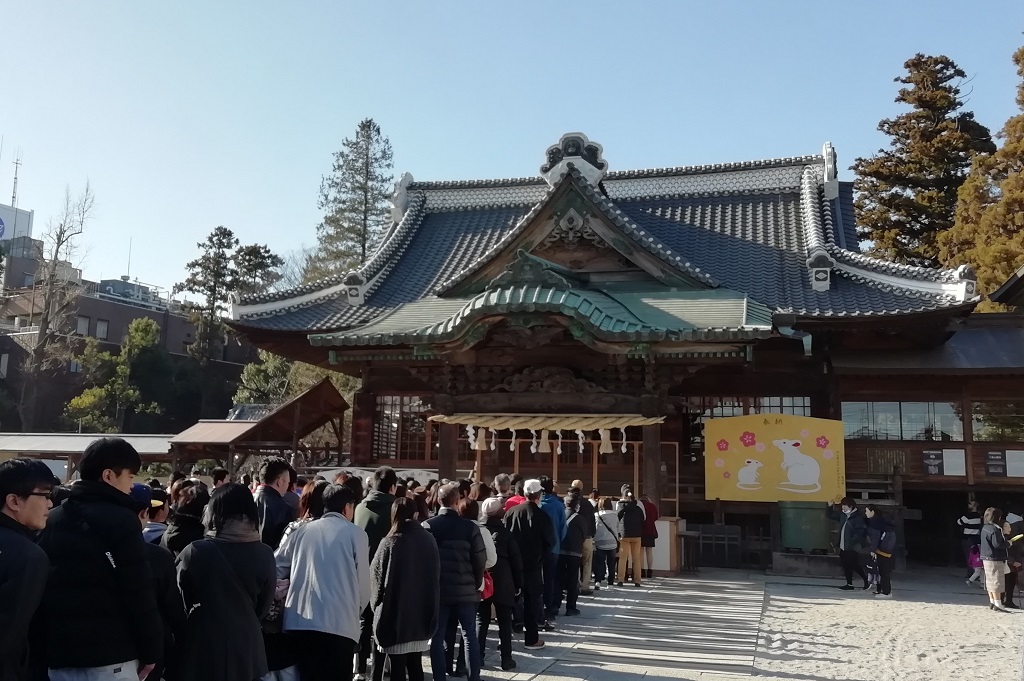
It is said that Minamoto no Yorinobu, on his way to defeat Taira no Tadatsune in the Heian period (794-1185), had a dream that a god on a white fox gave him a bow and arrow, aiding his win in the battle, thus spurning him to establish this shrine out of gratitude. Yakyū Inari Shrine is designated as a prefectural cultural property for its gongen-zukuri style, with highly sophisticated carvings on the interior and exterior of the building. Known for the god of good harvest, prosperous business and the arts, and most notably as the god of victory, many baseball players visit the shrine to pray due to the shrine being named "Yakyū" (baseball). The peony gardens are at peak bloom alongside wisteria and azaleas during mid-April.
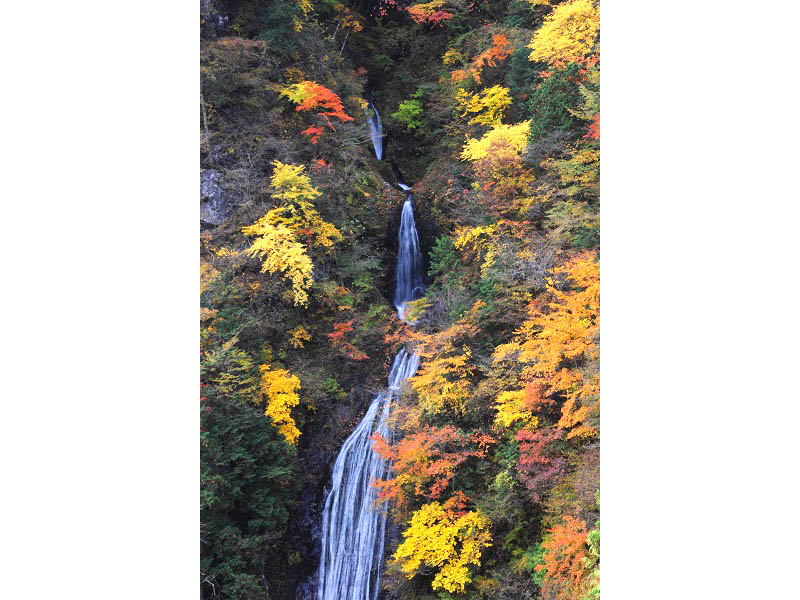
This is the only waterfall in Saitama Prefecture that has been selected as one of Japan's 100 best waterfalls. Along a promenade of about 1.5km, you can enjoy the changing seasons with fresh greenery and autumn leaves. The waterfall is divided by 3 large steps, and the 76 meter drop is powerful and impressive!
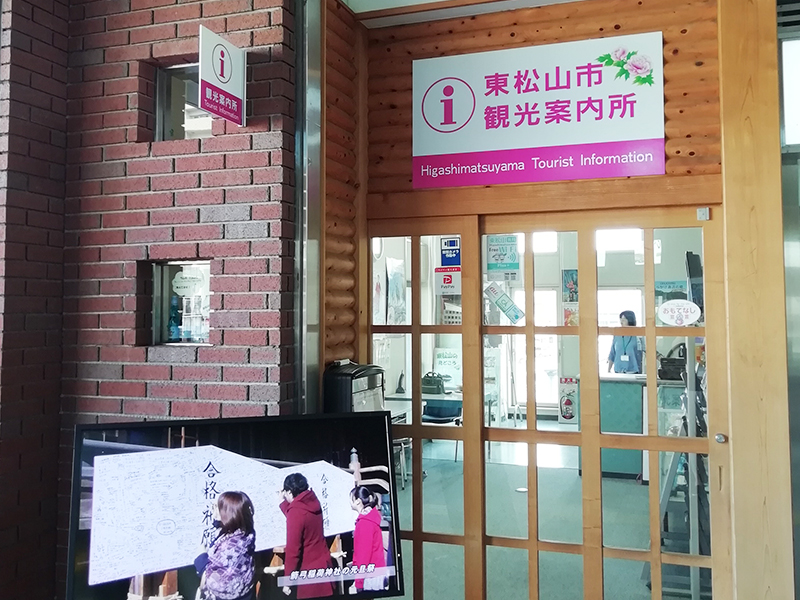
This tourist information center is located on the second floor of the station building adjacent to Higashi-Matsuyama Station. Here you can find pamphlets on sightseeing spots and city events, walking maps, and more. City mascot character goods and other local specialty goods are also available for purchase. A pamphlet rack is located in front of the ticket gates of Higashi-Matsuyama Station, allowing you to easily grab what you need on your way to the train.
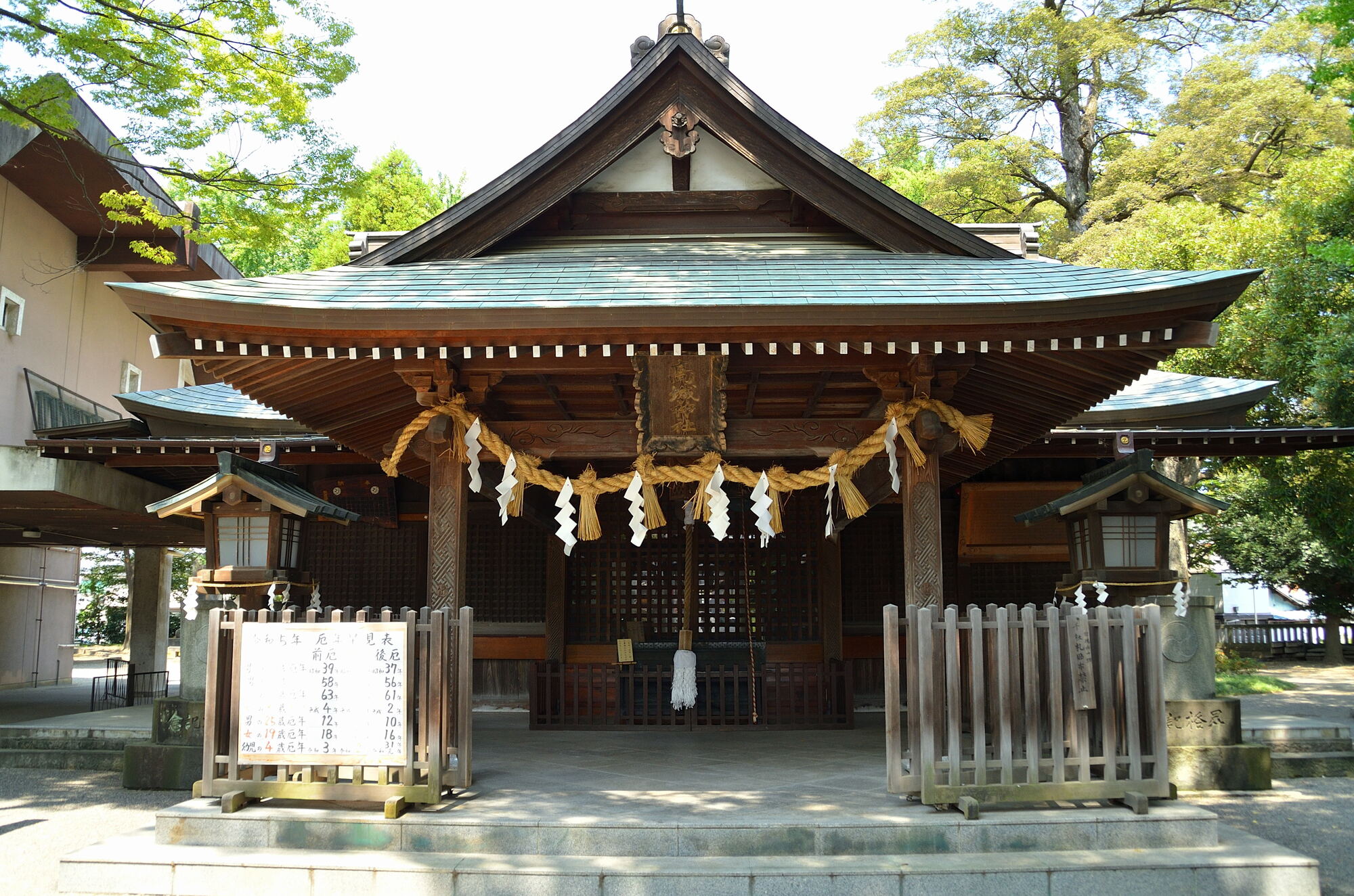
A shrine dedicated to the mythological god of agriculture, Takamimusubi. The shrine was destroyed by fire in 1590, and rebuilt by the lord of Oshi Castle, Abe Masayoshi. Annual festivals are held, such as Setsubun (seasonal division) on February 3rd, Tainai Kuguri (passing through the womb) on June 30th, and Tori no Ichi (Festival of the Rooster) on December 8th.
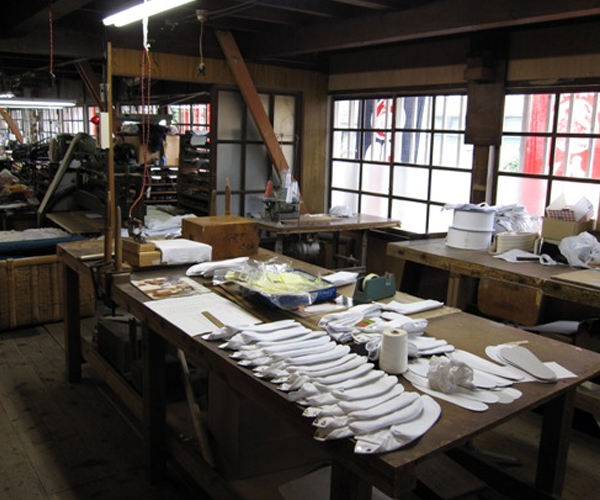
Tabi to Kurashi (Tabi and Life) Museum was originally a factory of tabi socks delivering to tabi stores under the name Bokuya Honten (Main Branch). The factory was reborn as a museum, retaining most of the original factory’s appearance. At the museum, demonstrations by individuals who used to be tabi craftsmen can be seen, and your own original tabi (additional cost) can be made every second Sunday of the month.
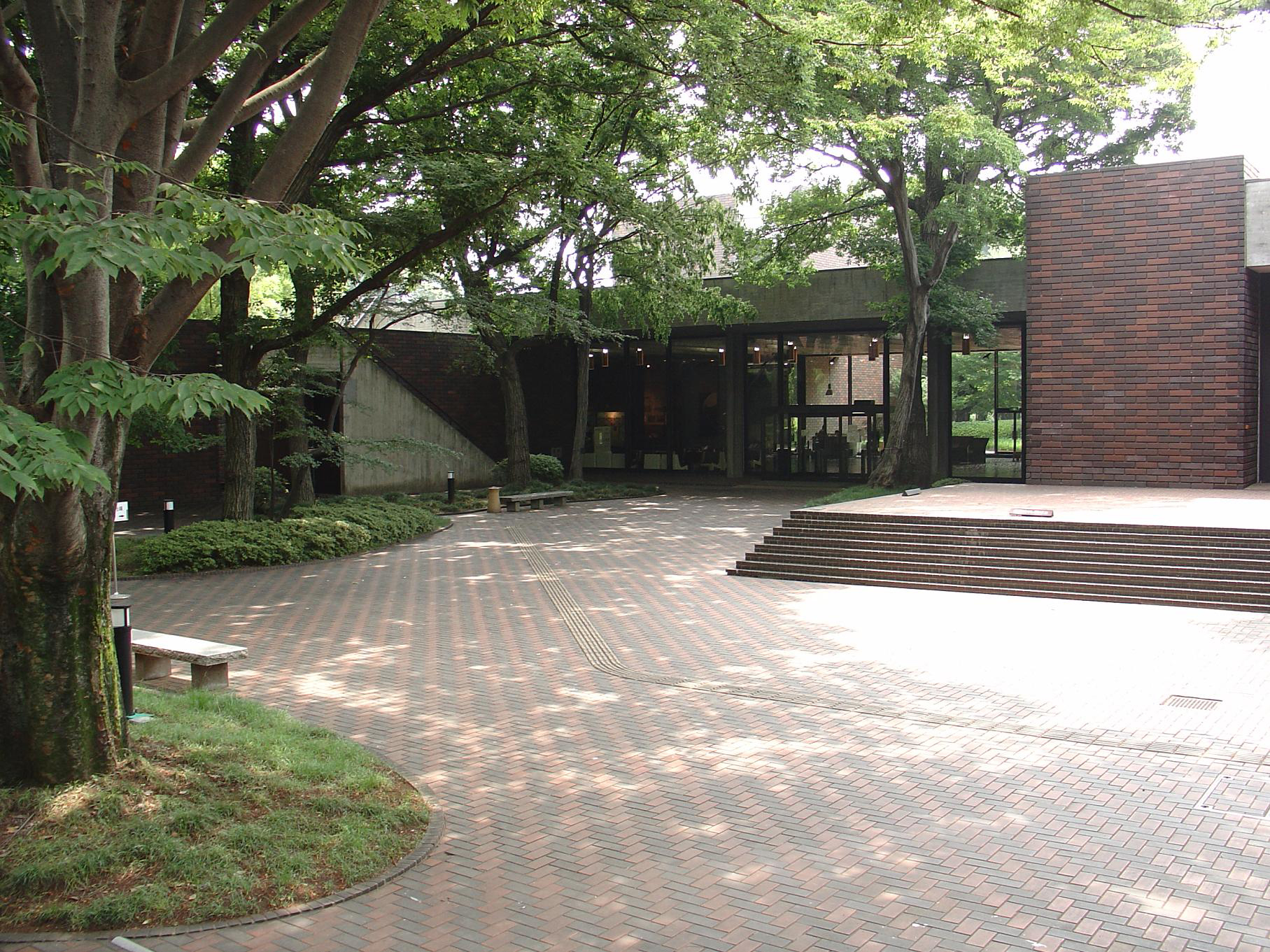
This comprehensive museum houses materials and artifacts related to Saitama's history, folklore and art, such as national treasure swords and daggers. The permanent exhibition introduces, "The Life and Culture of Saitama," through these topics, and themed special and planned exhibitions are held regularly. There are also a variety of hands-on experience workshops for both children and adults to enjoy. (For more information regarding the facility, please refer to the URL below)
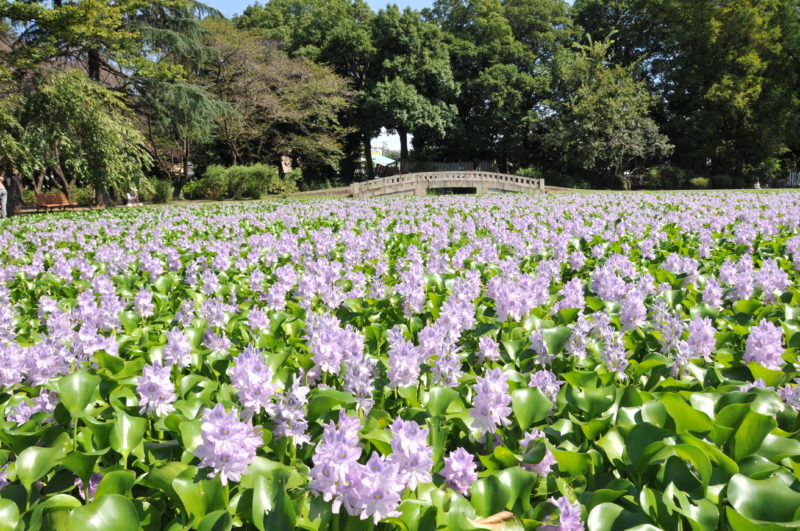
This spot located nearby Ōshi Castle is famous for its water hyacinth. The park's Blue Lake (Aoi no Ike) displays beautiful water hyacinth when in season. The square is also known for its 200 cherry blossom trees. There is also the "Literary Monument of a Country Teacher“ (Inaka Kyōshi-no Bungakuhi) of Katai Tayama. A verse from the book Inaka Kyōshi, “The road to Yori was long…,” is engraved on the monument.
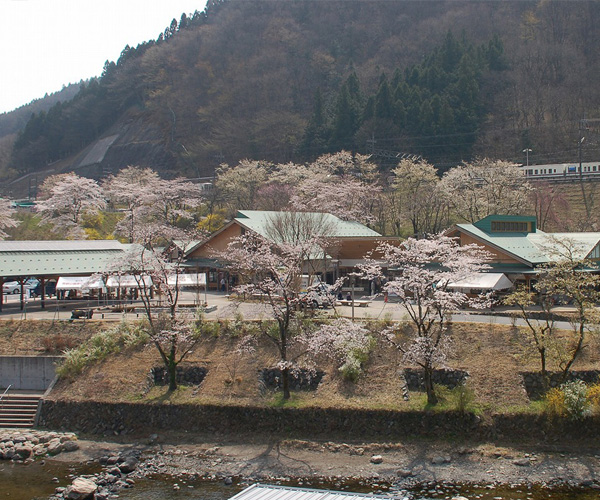
This roadside station is surrounded by rich green mountains, the clear streams of the Yokose River, clean air, and seasonal flowers and fruit trees. Inside the station, there is a farmers' market, restaurant, information center, resting area, hands-on experience dōjō (udon/soba), ceramics classroom and a gallery. Outside, there is an open space for relaxing and a deck where one can view the river from above. You can also enjoy a walk next to the Yokose river. ※Facilities listed in the Saitama Industrial Tourism Guidebook, "Manufacturing Guidebook."
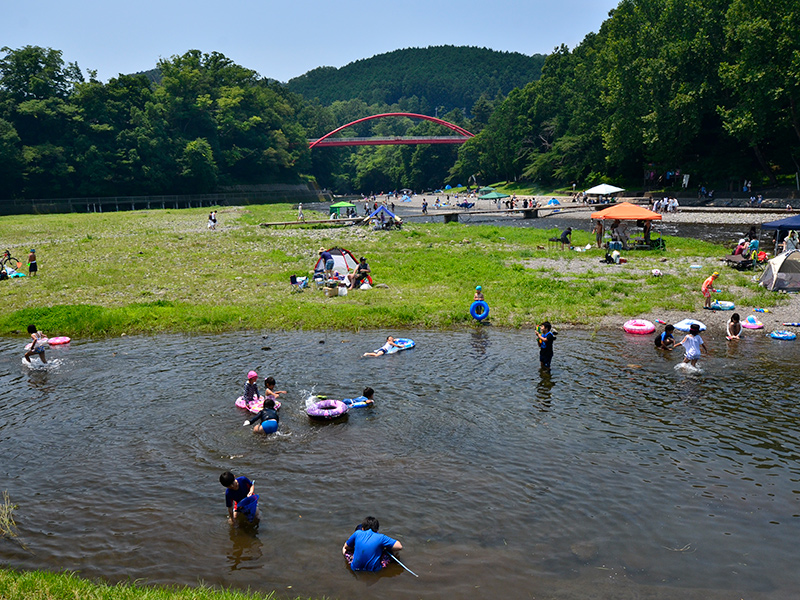
Just a close 15 minute walk from the station, this popular Hanno City tourist spot is filled with people in the summer. The contrast of the deep green trees with the red Wareiwa Bridge provides an ideal photo background, making this the perfect riverside spot for capturing fun summer memories. Rental BBQ equipment and ingredients are also readily available at nearby stores, so revelers can arrive empty-handed.
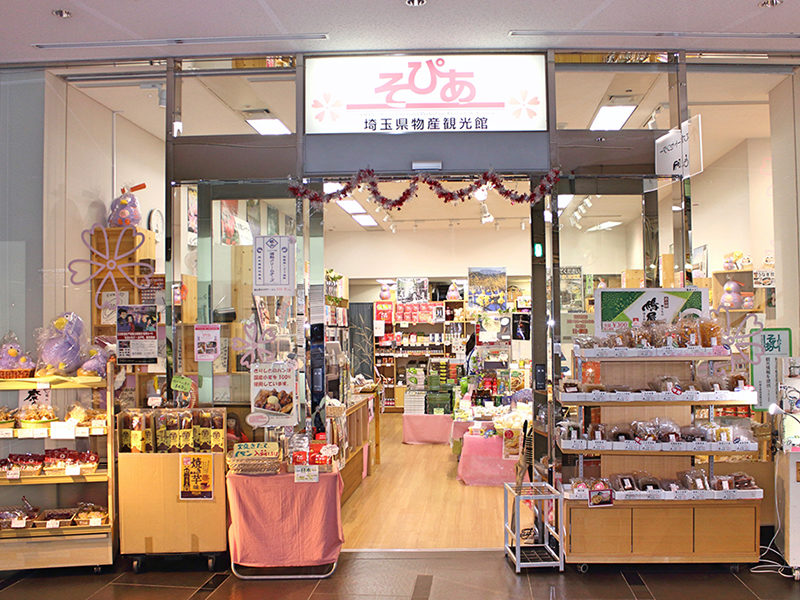
We sell over 450 types of souvenirs representing Saitama. In addition to the well-loved Sōka Sembei (rice cracker), we also sell many popular products unique to the Saitama area, such as Koedo Kawagoe Imo (sweet potato) sweets, Ajino Sayamacha, locally brewed alcohol and traditional crafts and goods featuring Saitama Prefecture’s mascot “Kobaton."
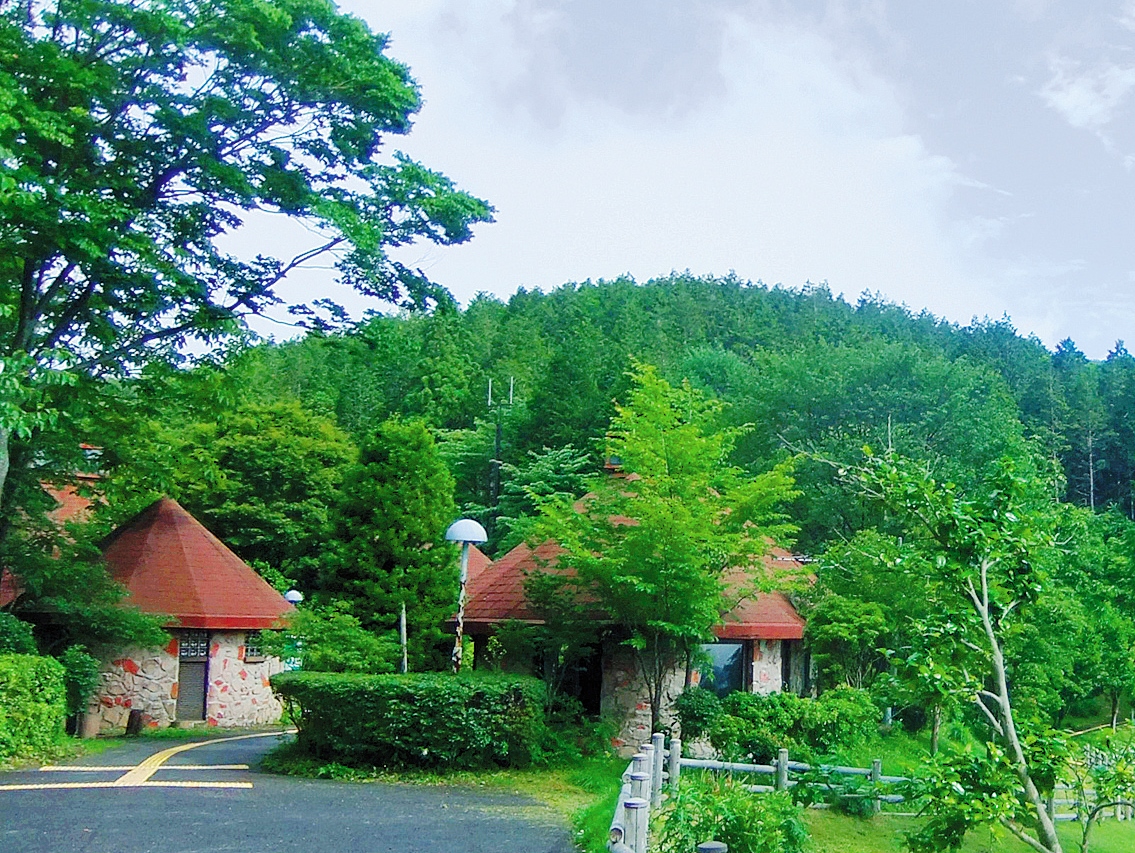
The Saitama Prefectural Forest Park "Kenmin no Mori" is a recreation area that spreads northwards of Mt. Maruyama (altitude 960m). You can enjoy the forest and wild grass of each season, see flowers and trees that you’ve only seen in photos, and meet animals in their natural state. Enjoy a heart-warming and refreshing experience!
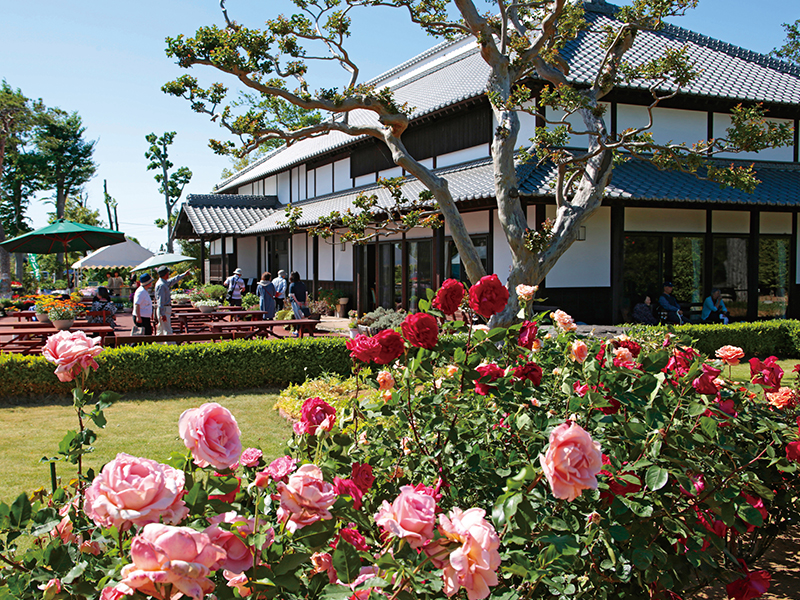
From the moment you pass through the Nagaya gate, you will find yourself in an atmosphere of peace and nostalgia in this old traditional house. In the garden, roses are in full bloom, and inside the facility there is a restaurant where visitors can enjoy a meal and a local produce specialty store for buying fresh vegetables. This is the perfect place for a relaxing time.
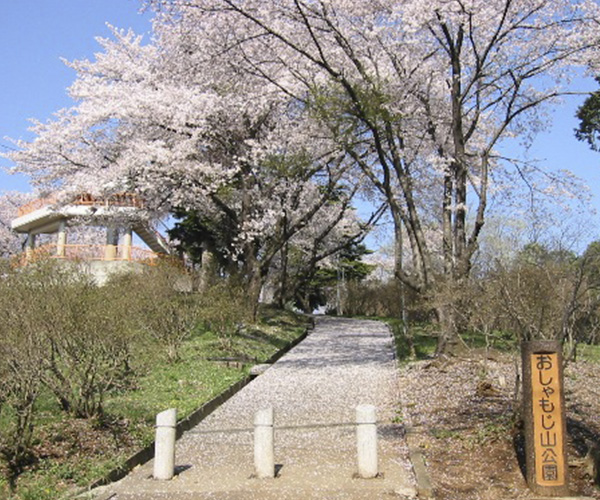
In the spring, cherry blossoms bloom and azalea flowers cover the mountain at Oshamoji-yama Park, located at the town's south entrance, and the many revelers make for a boisterous flower-viewing party. The Shamoji mother-goddess (god Oshamoji) is enshrined in a hokora (miniature shrine) at the foot of the mountain, thus the park is named “Oshamoji-yama.” The Kanto Plain and mountains of Chichibu can be seen from the park's observatory.
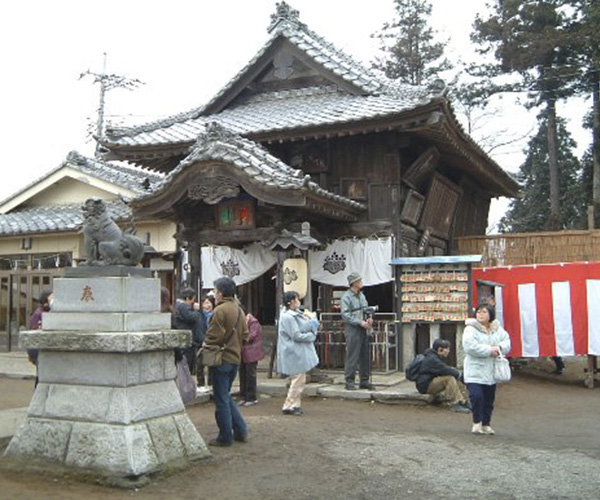
The shrine's beginnings trace back to when samurai warlord Hatakeyama Shigetada offered a statue of an ogre (oni) holding an iron rod as protection against ogres during the construction of Sugaya Yakata. One of the few shrines in Japan that worships "ogres" (oni), they celebrate Setsubun every year on February 3rd with an unusual chant: "Fuku wa uchi, Oni wa uchi, Akuma soto" (In with good fortune and the ogre, out with evil spirits). It is also known as the shrine of the God of Victory, and many soldiers came to pray for good fortune during the war.
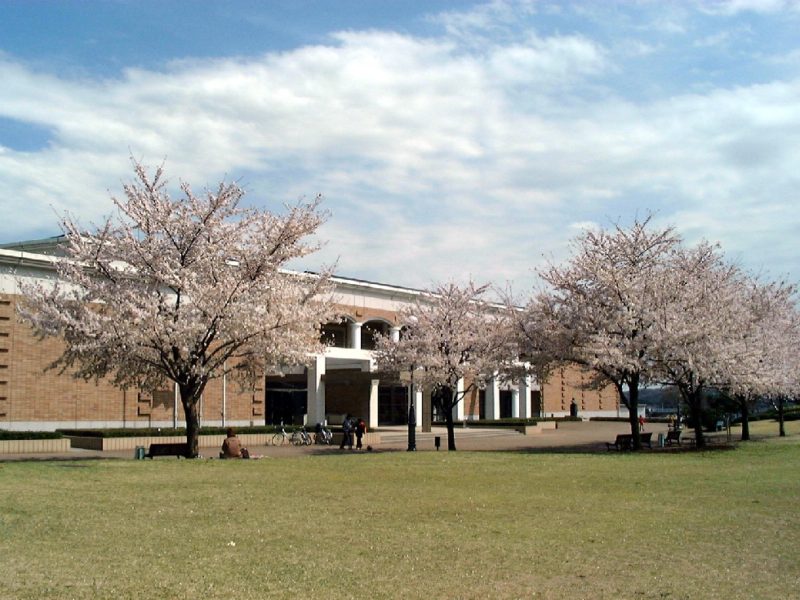
The main theme of the Iruma City Museum ALIT is tea! This museum is filled with resources for learning extensively about Sayama Tea, the history and culture of tea and Iruma City's nature and history. In the spacious museum garden there is a tea room, a pond and wooded area, a restaurant, and a square with lawns. It is an ideal place to take a rest.
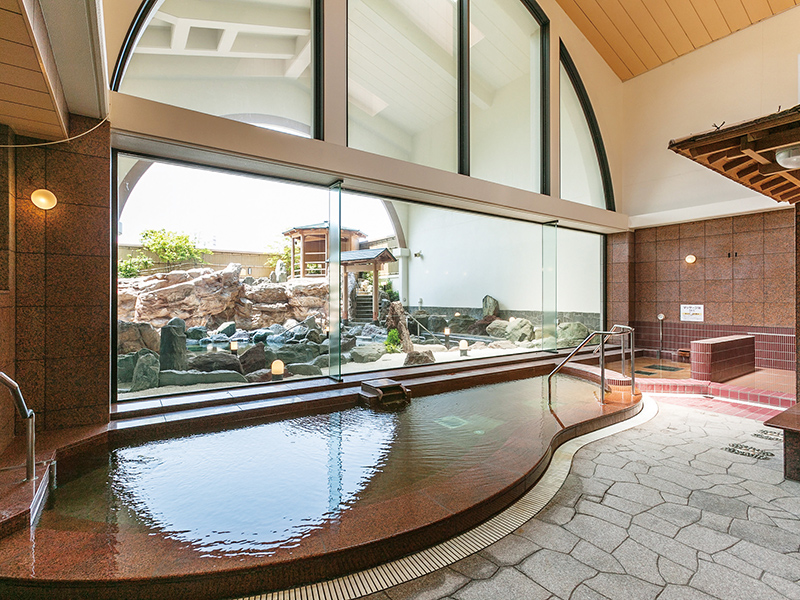
The bath uses water close to the source, a gensen (hot spring source) 2,000 meters underground. The water is rich in sodium and heats the body to its core. Due to the warming effects of the sodium, the bath is known as "Atamari no Yu" (warming bath). In addition, the hydrogen ion concentration is pH 8.1. This low alkaline water also helps soften dead skin cells, earning the bath the additional name of "Bihada no Yu" (bath for beautiful skin). Please enjoy the exquisite waters from the Kachōfūgetsu source. Also on the premises of this vast facility are a beauty salon, a massage parlor and a refreshing oxygen room. We offer a relaxing environment for each and every customer. (Please refer to the URL below for more information regarding the facility.)
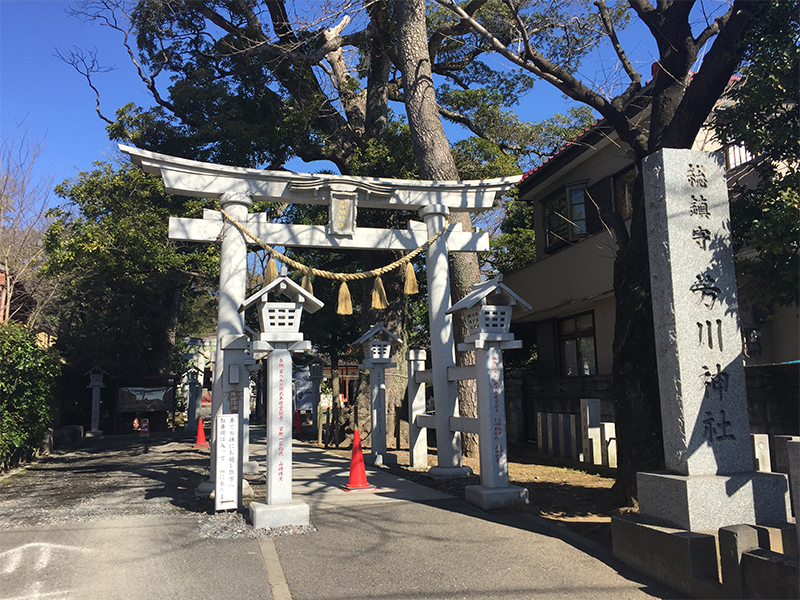
In 1187, the Yoshikawa clan reestablished this shrine as the Ujigami Suwa Shrine for indigenous deities. The shrines within the precincts include Yasaka Shrine, Furumine Shrine, Inari Shrine, Matsuo Shrine, Yoshikawa Tenmangu Shrine, Suijingu Eight Great Dragons, and Shikato Daimyojin. The old Shimotsuma Highway runs behind the shrine, and a Japanese bay tree in front of the precincts and a large camphor tree in the rear tell the shrine's long history. Every July, the shrine holds the Yasaka Festival, which has a history of about 400 years. The highlight is the "abare mikoshi," portable shrines that are carried and thrown high above the heads of the bearers for a spectacular sight.
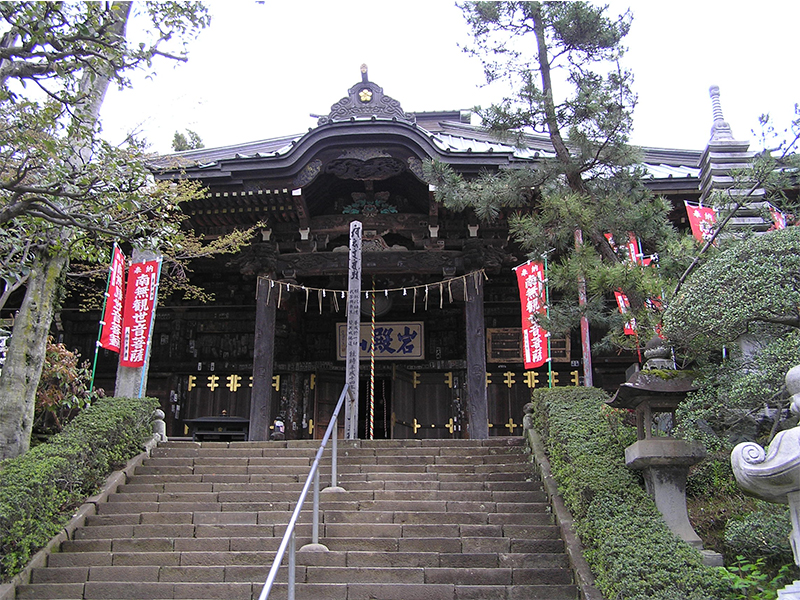
Anrakuji Temple is the 11th temple of the Bandō 33 Kannon Pilgrimage (Bandō Sanjūsankasho) and has been known as Yoshimi Kannon since ancient times. The main deity is the Holy Avalokitesvara, the deity of compassion, and according to the Yoshimi Kannon dependent origination (Buddhist doctrine), the origin of the temple dates back to about 1200 years ago, when the Buddhist priest Gyoki carved a statue of Avalokitesvara and placed in the rock cave. Every year on June 18th, the Kannon is unveiled in the early morning to the public to ward off evil spirits. Special "Yakuwake Dango" (dumplings to ward off evil) have been sold on this day since long ago, and the long road to Anrakuji Temple continues to be lined with stalls every June 18th, with the area very crowded from around 2 am to early morning.
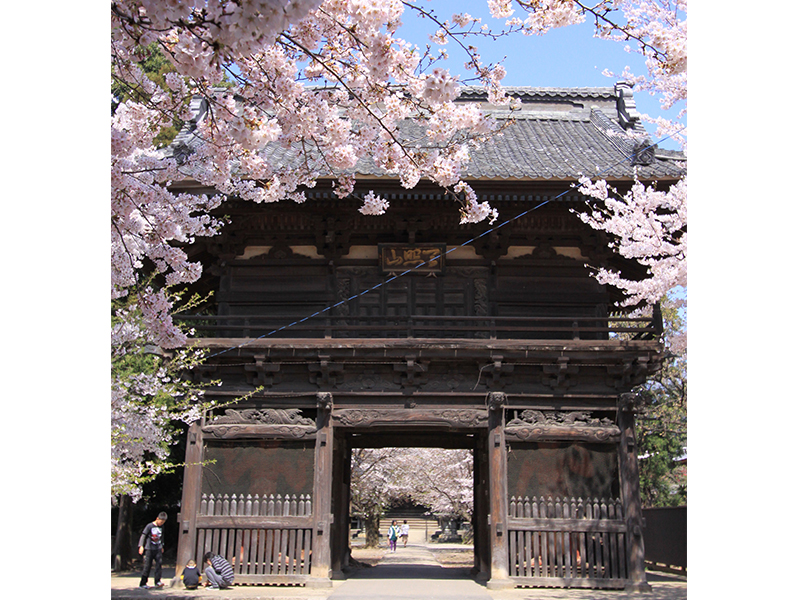
The temple was rebuilt by Seigon Shonin at the end of the 16th century and became one of eighteen monk training schools for the Jodo sect. As a temple associated with the Tokugawa Shogunate, the use of the "three-leaf hollyhock crest" was permitted. There are many cultural assets on the temple grounds that tell the ancient history in the present day. They hold the "Ten Nights Memorial Service," one of the three major memorial services in Kanto, every year on November 14, and the "Doll Memorial Service," unique to this town which is known for its hina dolls.
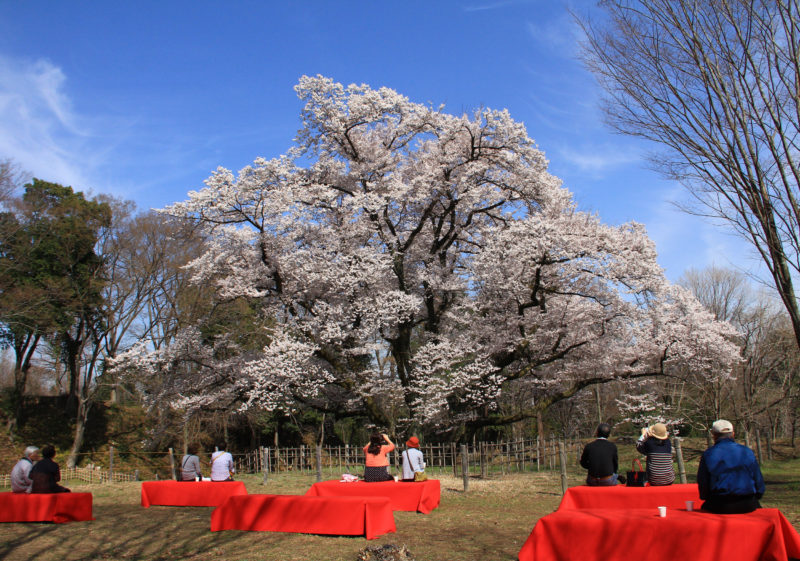
The Edohigan Sakura tree located in Hachigata Castle Park is a natural town monument. This cherry blossom tree is estimated to be over 150 years old, and flowers bloom beautifully on its umbrella-shaped canopy of branches every year around the end of March. You can also enjoy the evening illuminated cherry blossoms during peak season!
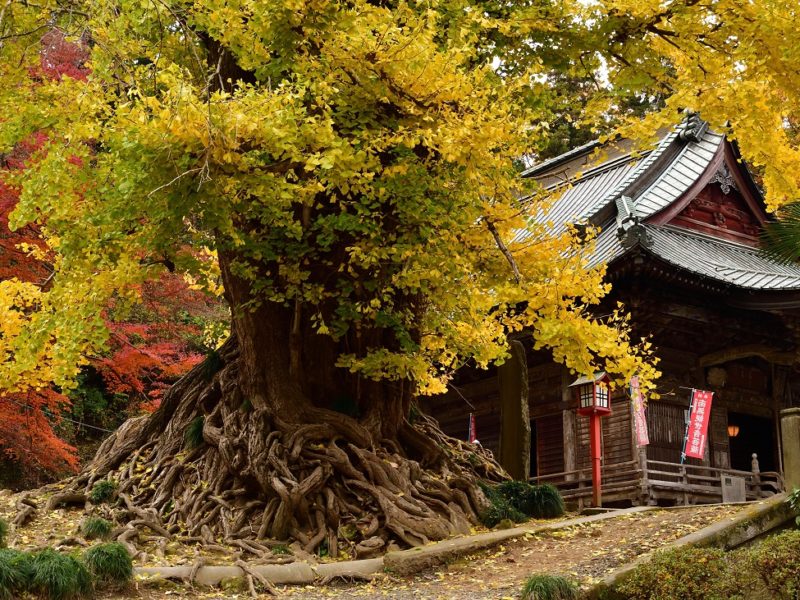
As the 10th sacred site on the Bando 33 Kannon Pilgrimage, this temple has been worshipped since ancient times. During the Sengoku period, the temple was used as the main camp for the Takeda forces during their siege of Matsuyama Castle. After passing through the rows of houses which once hid throngs of visitors, you will arrive at Niomon Gate. Climbing up the stone steps, you can see the city’s oldest bell tower and a wooden temple dedicated to Kannon, as well as a large Ginkgo tree. ※ Seasonal Info: The leaves of the giant ginkgo tree, estimated to be over 700 years old, turn a spectacular yellow color in early December every year.
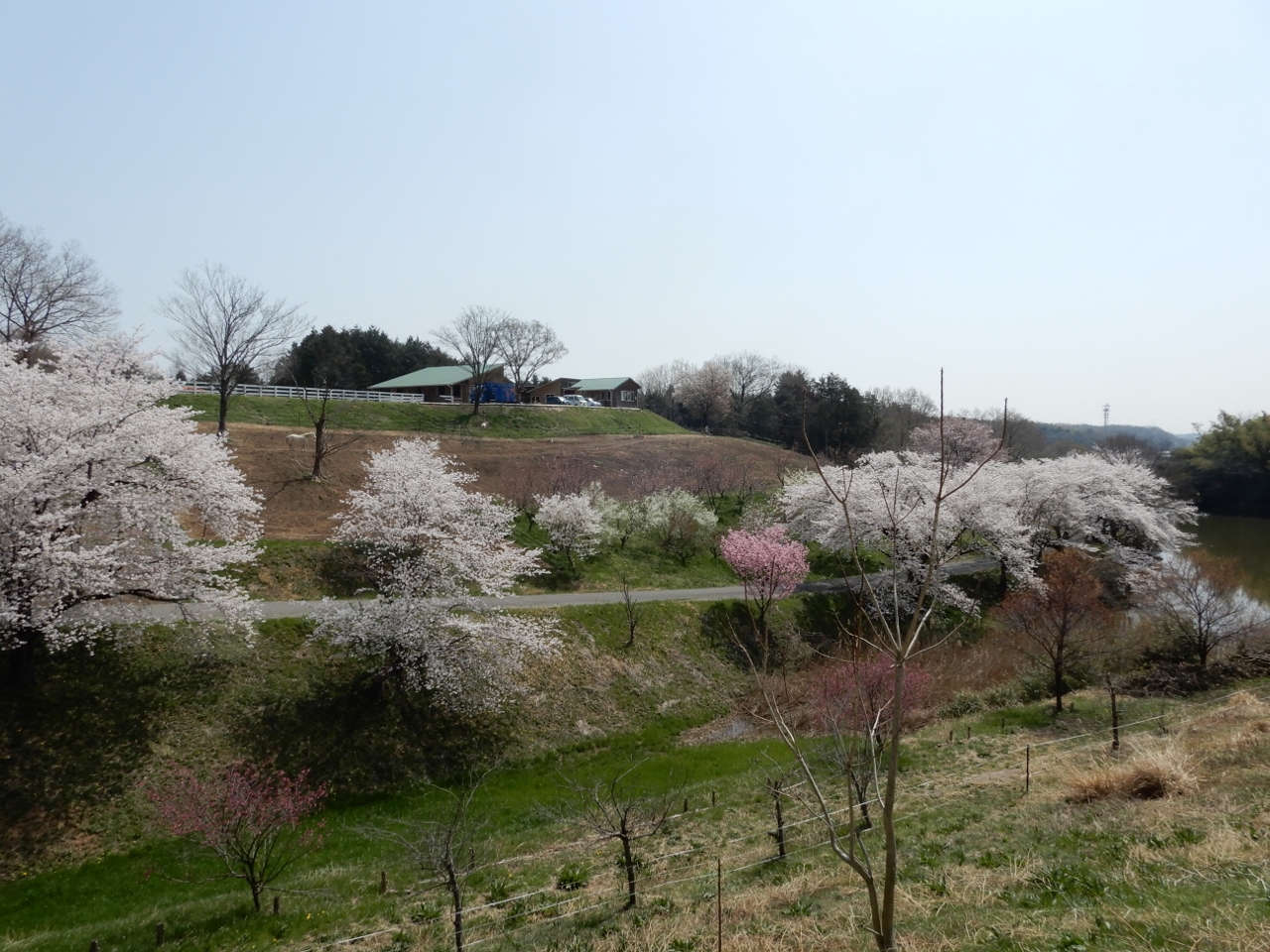
In the midst of the peaceful Satoyama, get in touch with nature and experience farming hands-on. There is a "Fureai Farm," which visitors can use freely for an annual fee, and the popular "Strawberry Farm," for picking strawberries and other fruits. There are also rice cultivation, digging of bamboo shoots, udon (wheat noodle) making, potato cultivation, Satoyama walk and hiking experiences, and various other events held throughout the year.
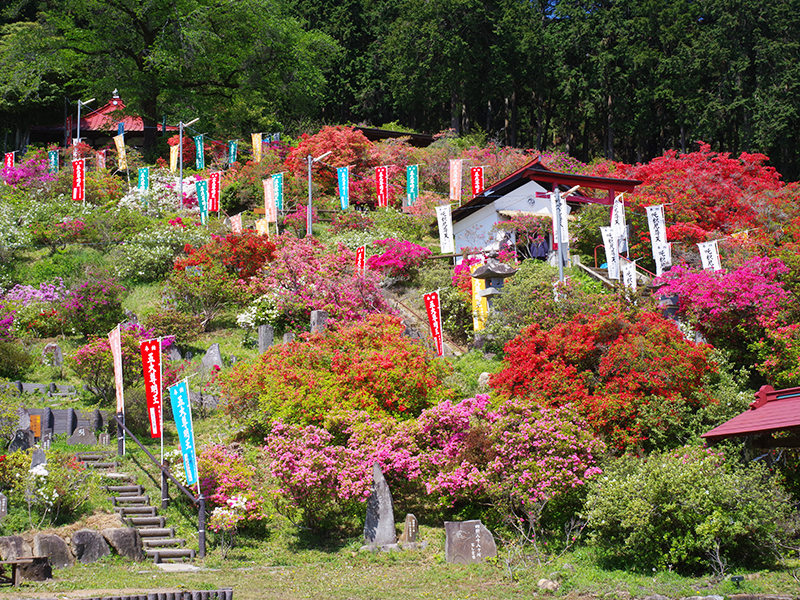
Ancient trees, said to have been planted more than 350 years ago, line either side of the stone steps of Godaison, where the five statues of Myo-o, the gods of wisdom, are enshrined. The adjacent Azalea park is one of the best Azalea viewing spots in the Kanto region, with about 10,000 azalea plants in bloom.
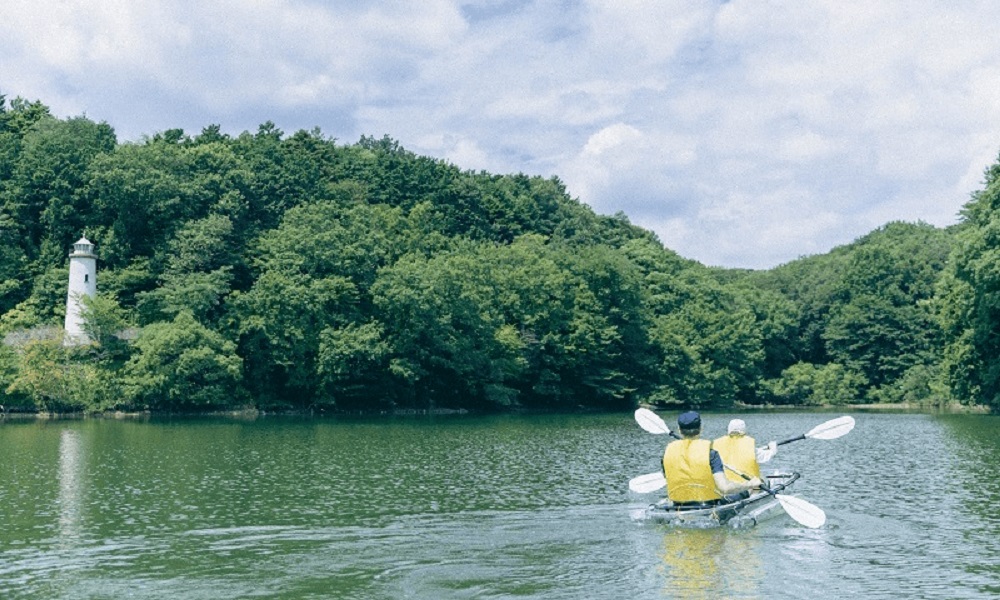
You'll spend a delightful time with family and friends at Metsa Village, whether shopping for Nordic brand goods that give you a taste of Nordic lifestyle, perusing handicrafts at the market, enjoying a Nordic meal at the restaurant, taking part in arts and crafts workshops, renting a boat to cruise the lake, or through various seasonal events. There's plenty to experience at this lakeside forest.
This site uses cookies to improve the user experience. If you continue to browse, you consent to the use of cookies on this site. Accept
CONTACT
